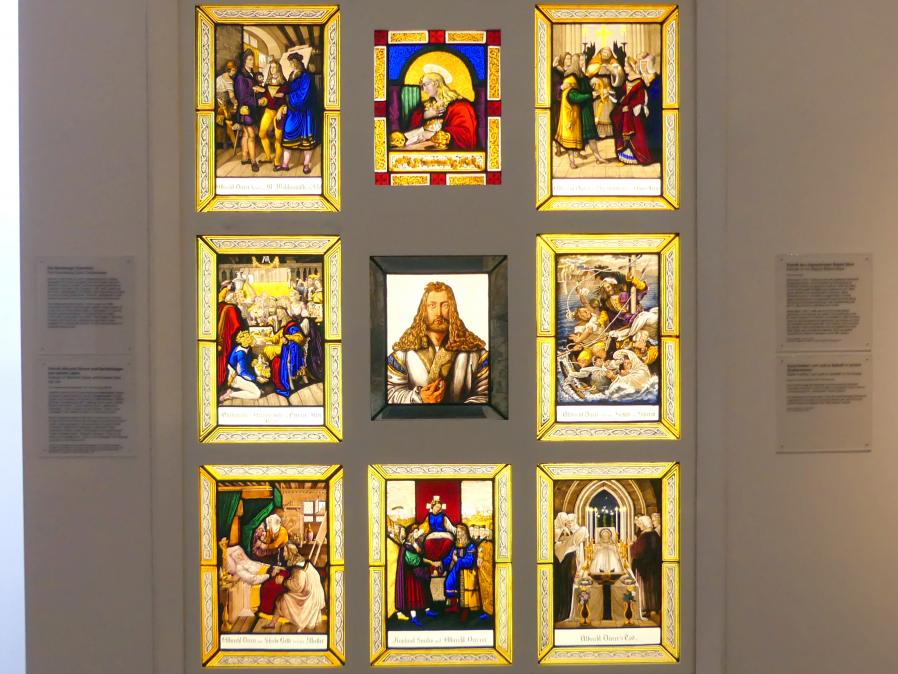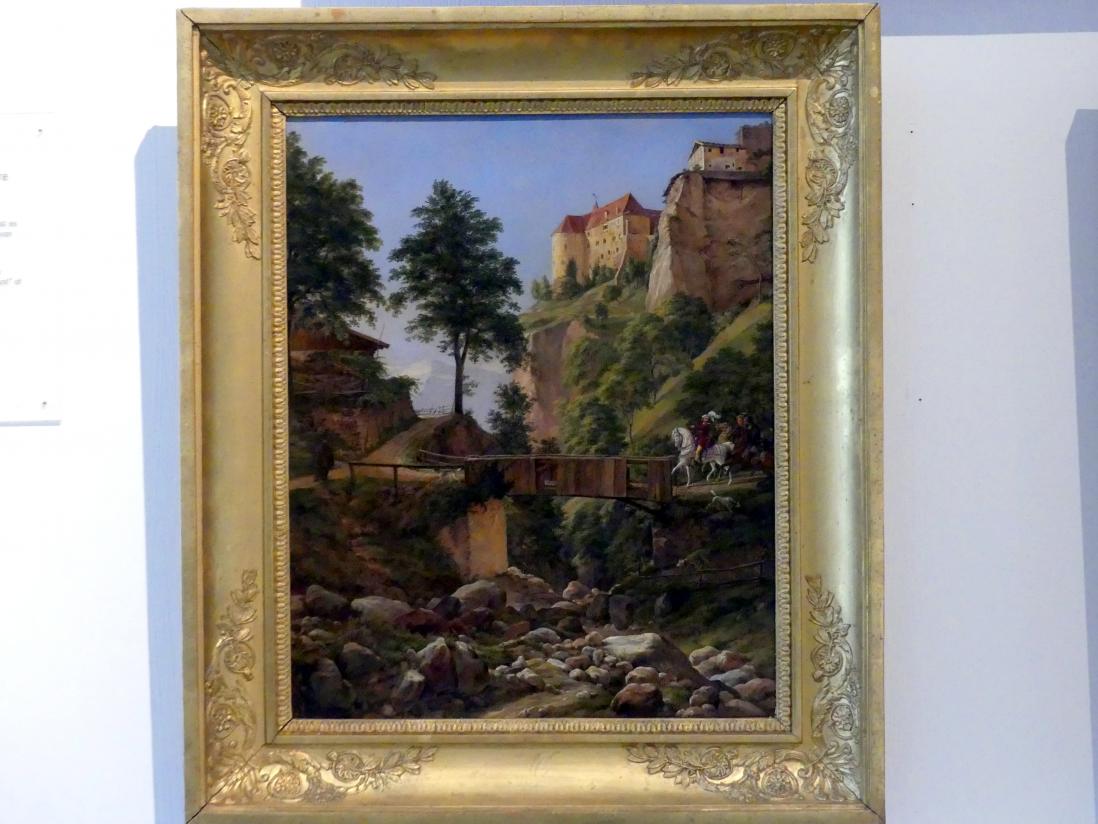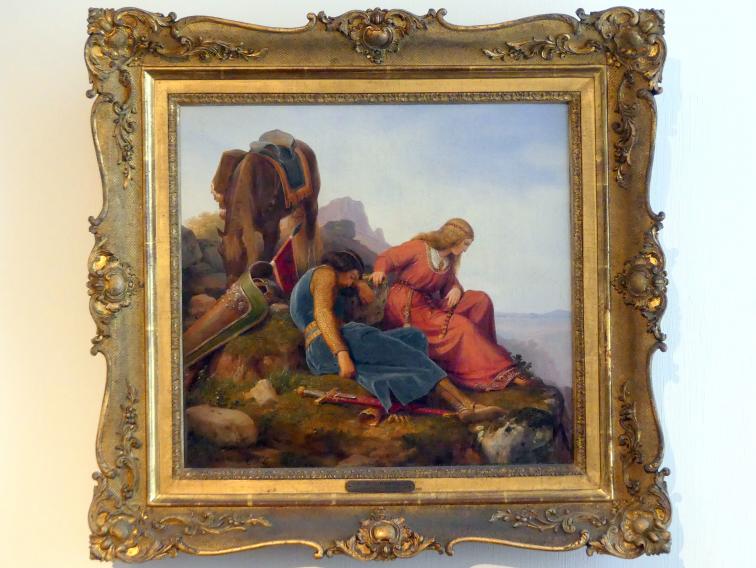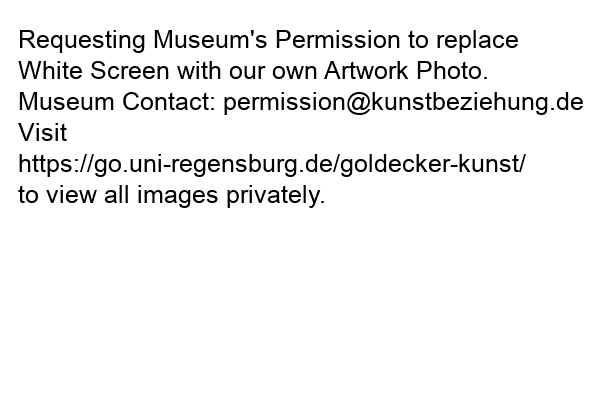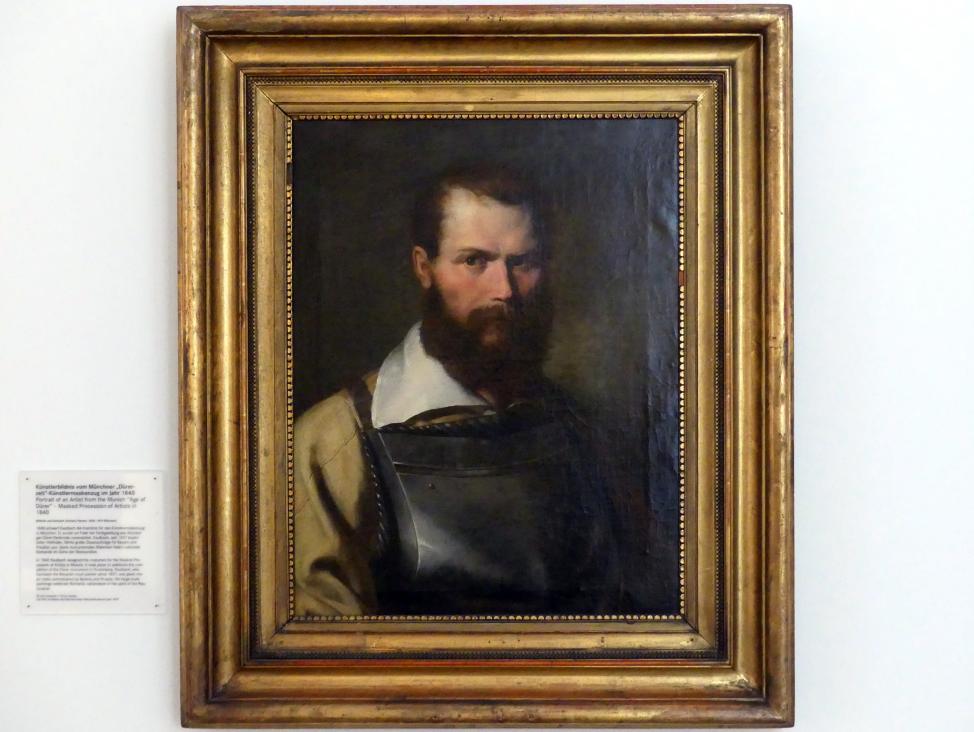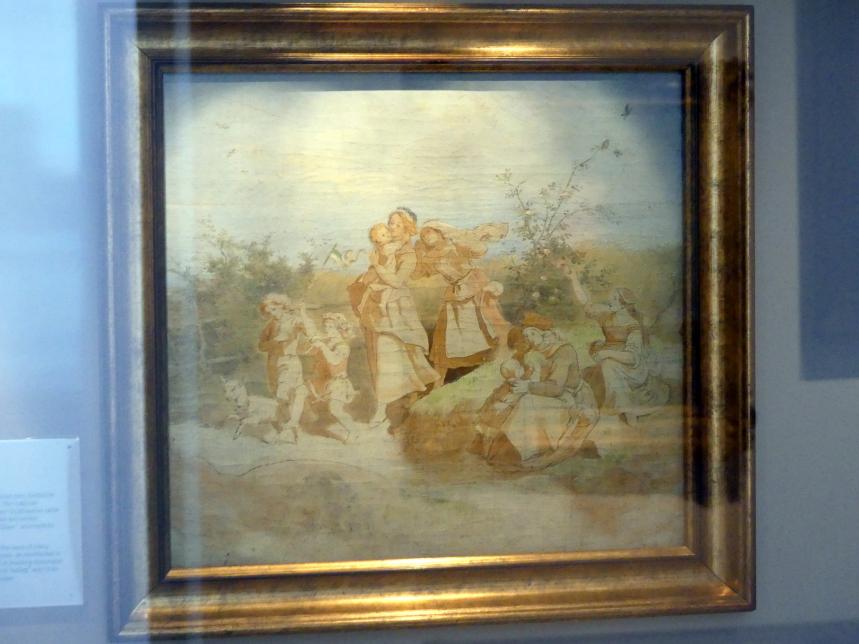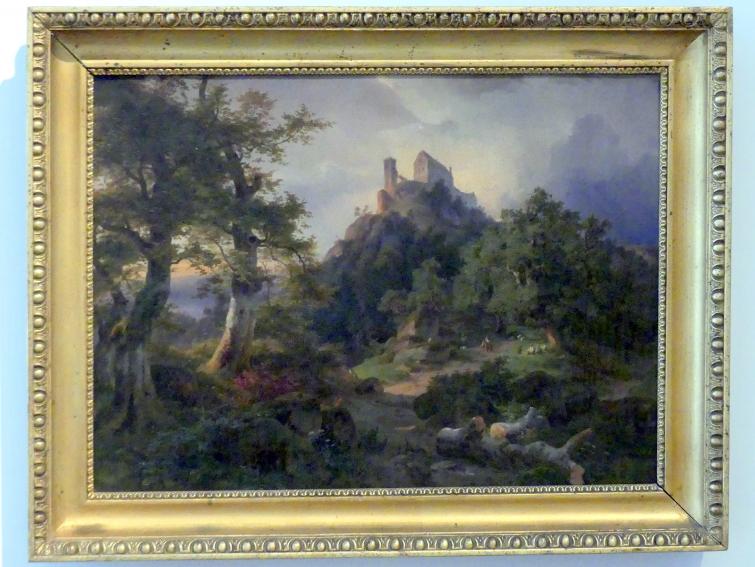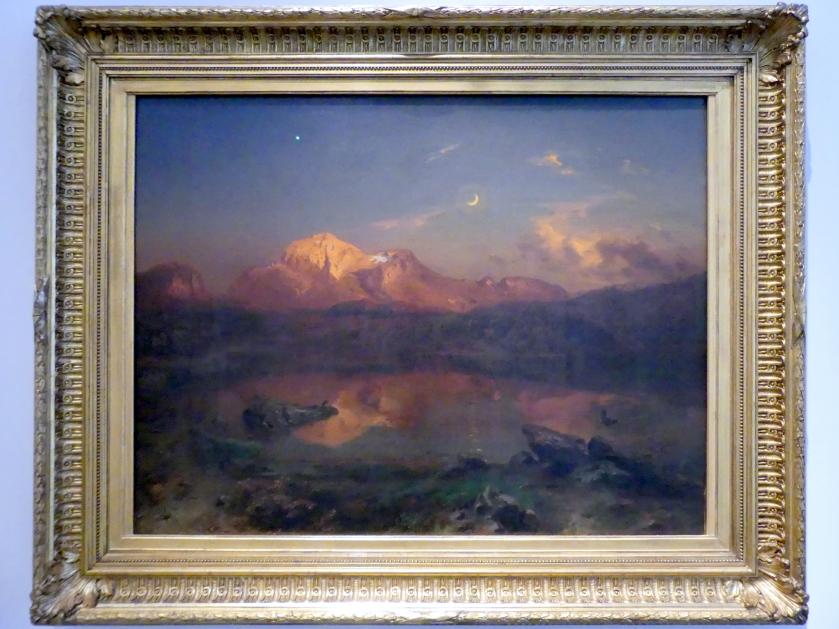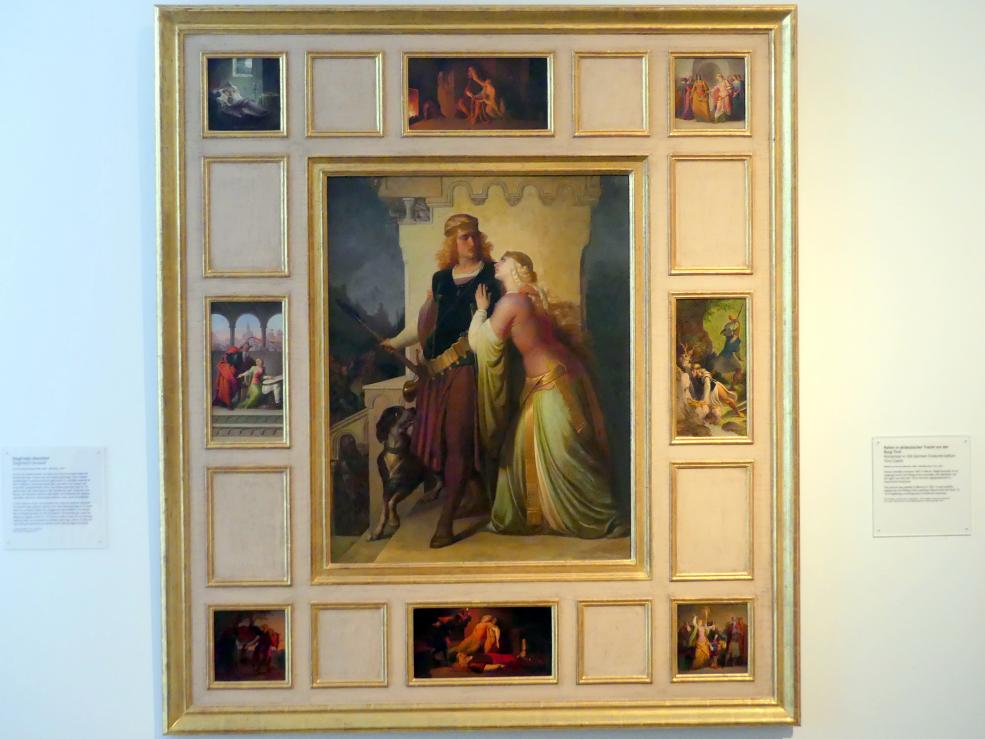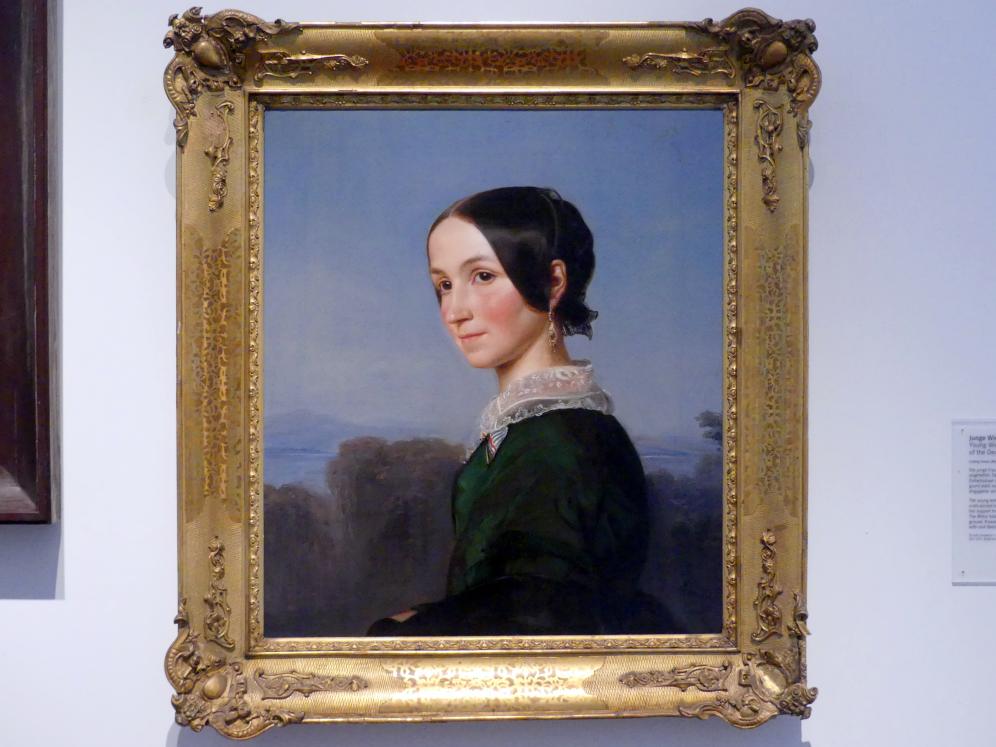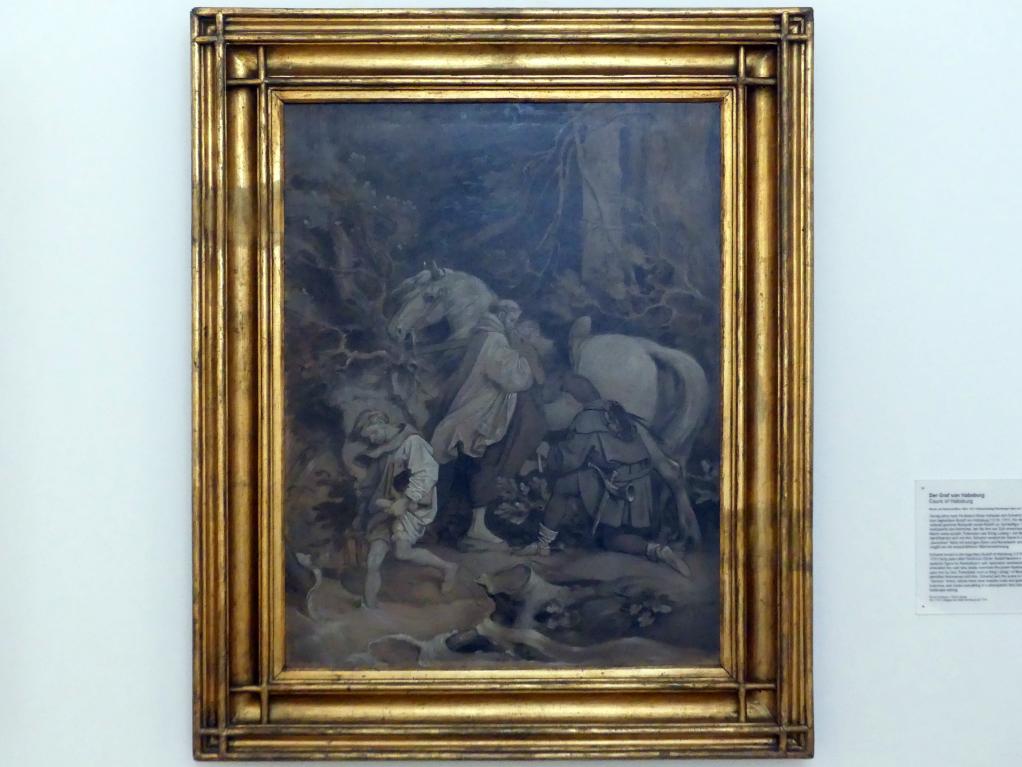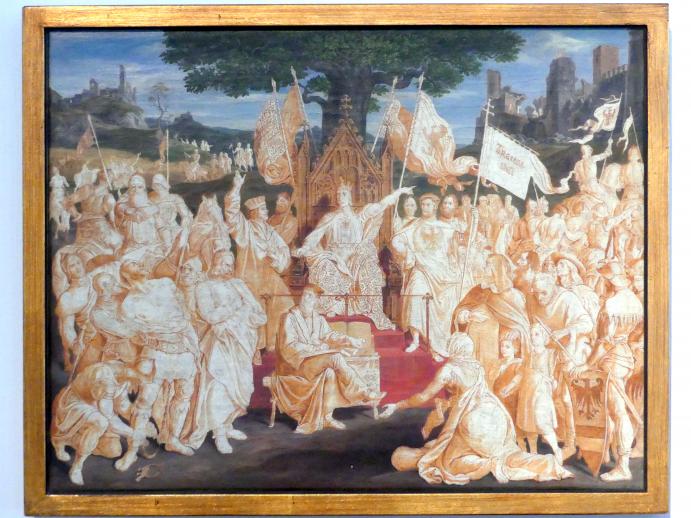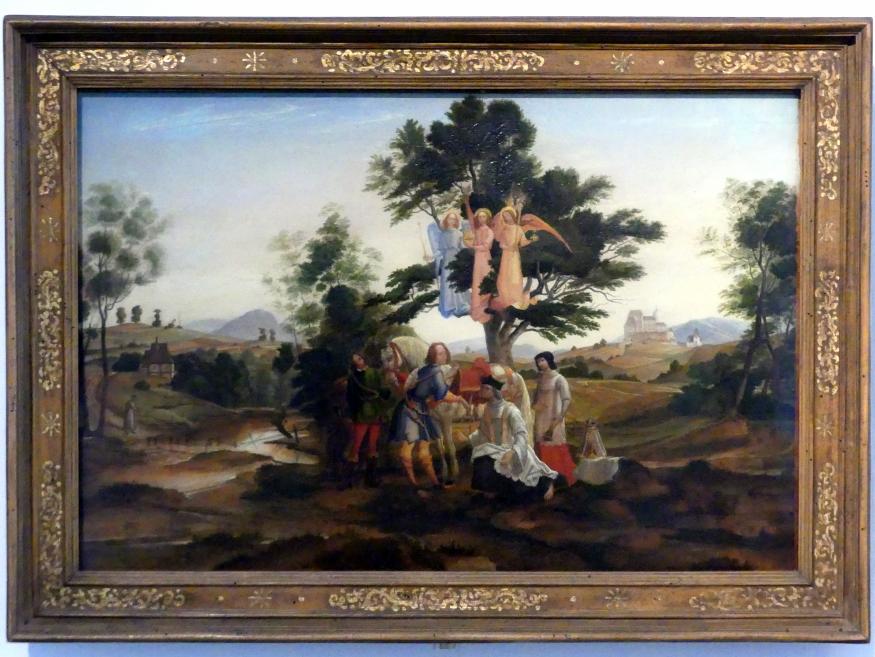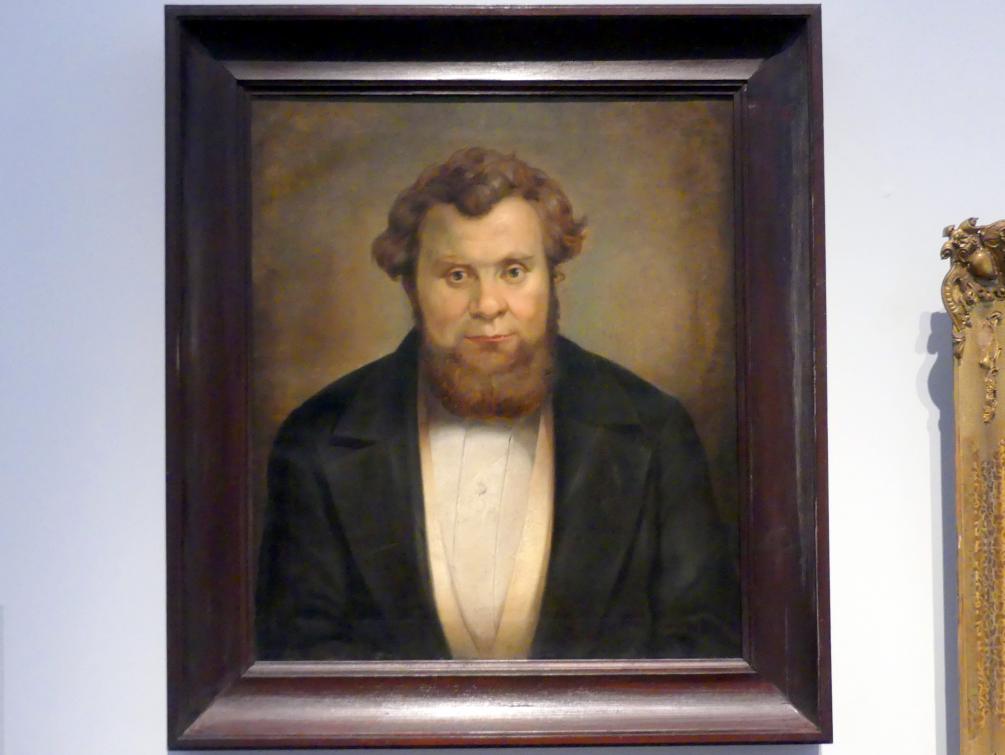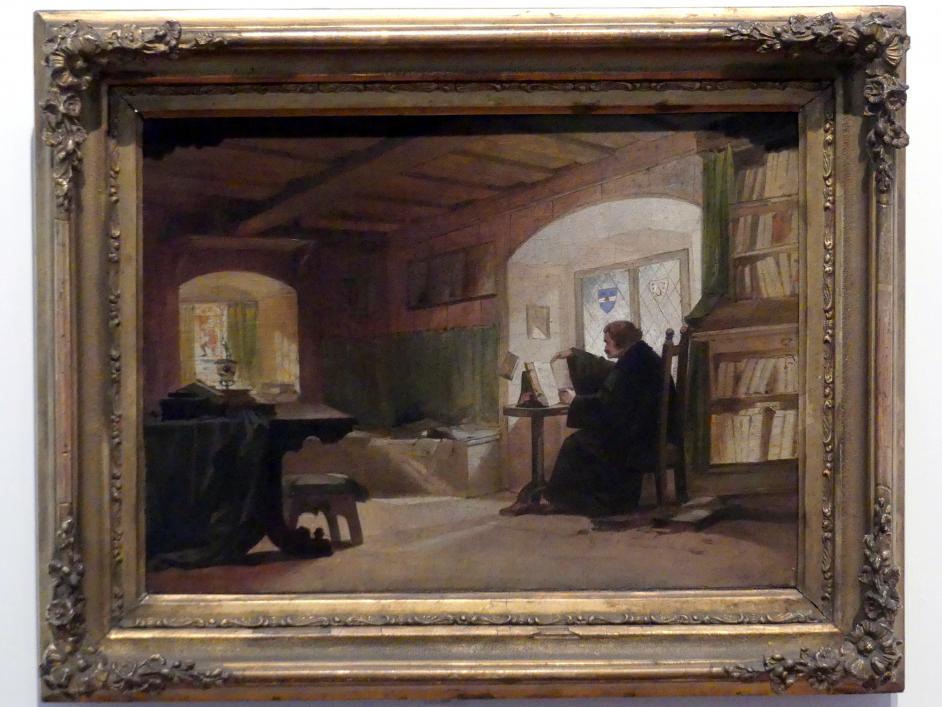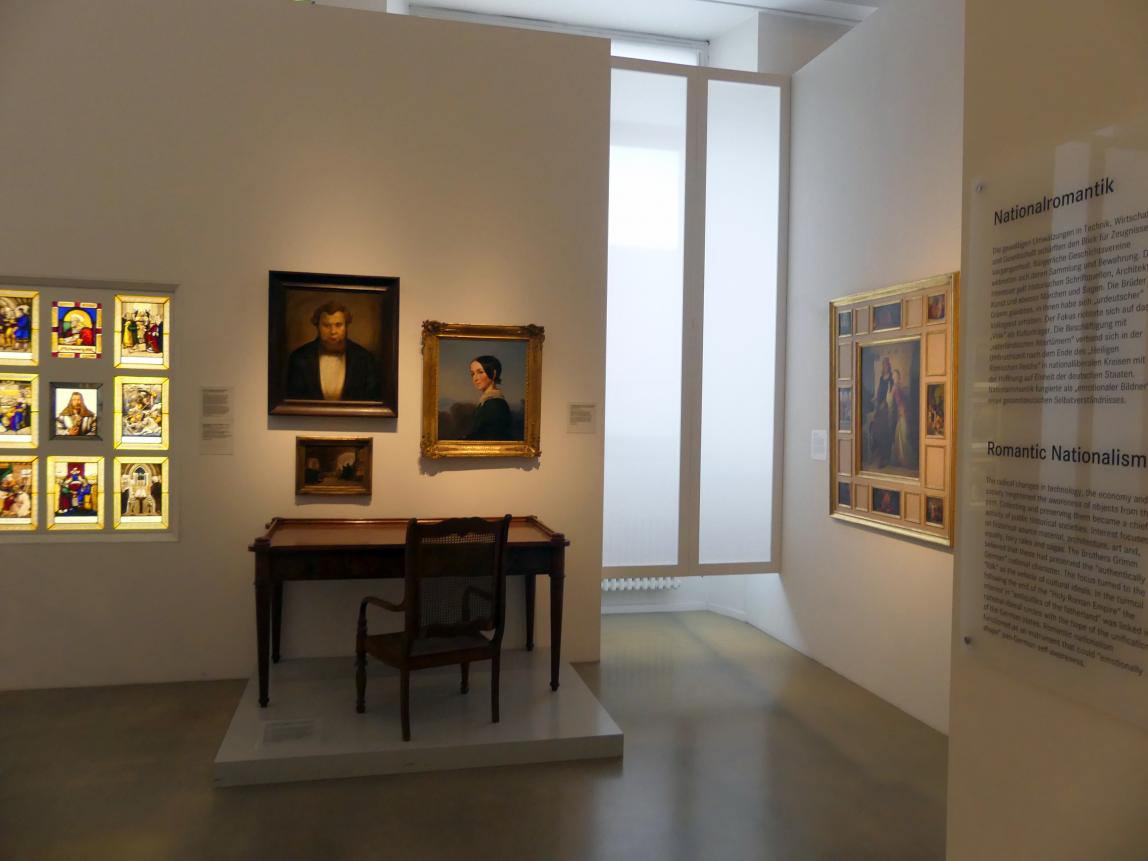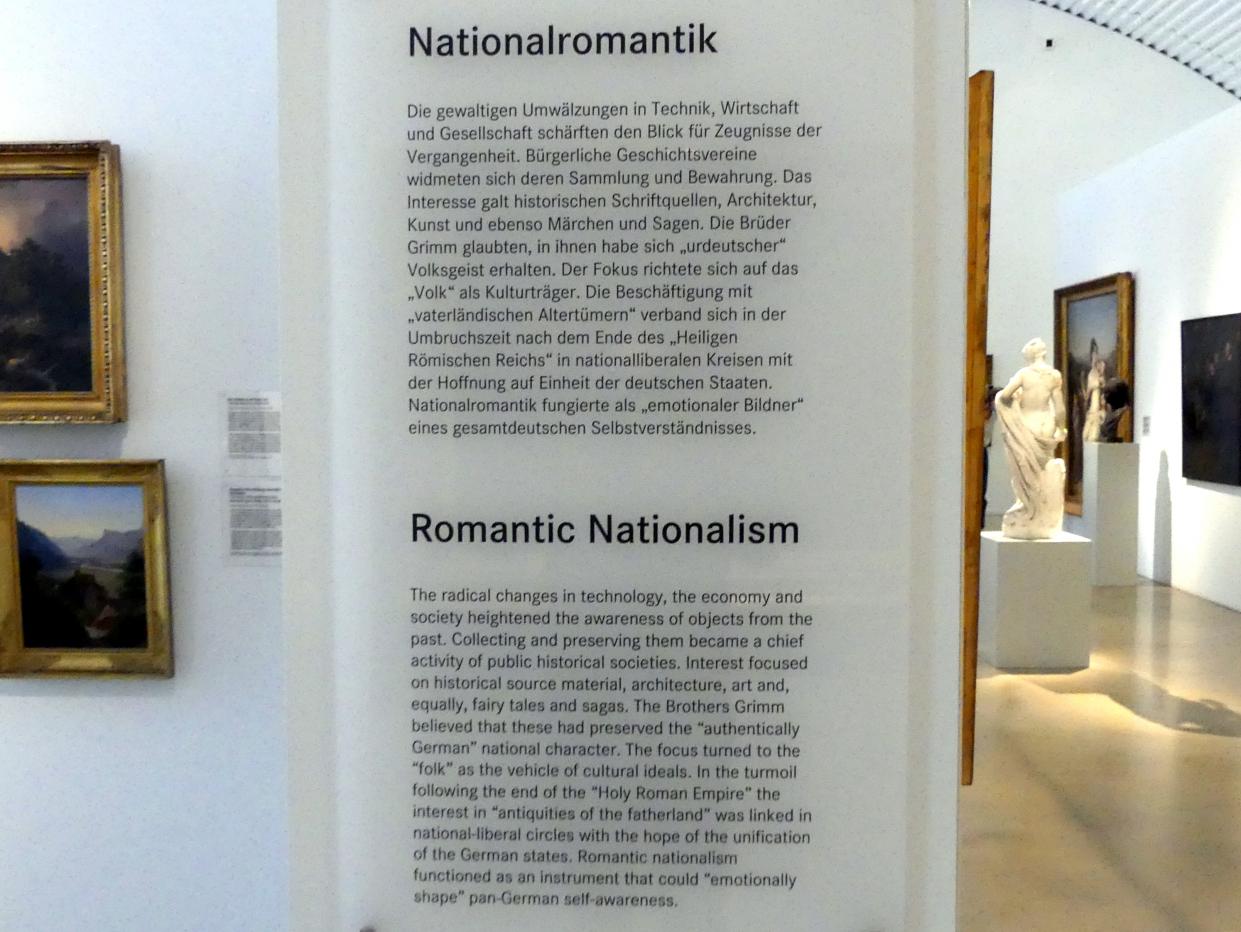Position Nürnberg, Germanisches Nationalmuseum
Bedeutende Künstler in Nürnberg, Germanisches Nationalmuseum, 19. Jahrhundert - 12 (1829–1855)
Künstler in Nürnberg, Germanisches Nationalmuseum, 19. Jahrhundert - 12
Carl Friedrich Lessing
1808 Breslau - 1880 Karlsruhe
Friedrich Preller der Ältere
1804 Eisenach - 1878 Weimar
Julius Schnorr von Carolsfeld
1794 Leipzig - 1872 Dresden
Ludwig Knaus
1829 Wiesbaden - 1910 Berlin
Ludwig Richter
1803 Dresden - 1884 Dresden
Wilhelm von Kaulbach
1805 Arolsen - 1874 München
Nürnberg, Germanisches Nationalmuseum, 19. Jahrhundert - 12 (Inventar-Nr. Gm 1677)
1838
Nürnberg, Germanisches Nationalmuseum, 19. Jahrhundert - 12 (Inventar-Nr. Gm 1762)
um 1844
Nürnberg, Germanisches Nationalmuseum, 19. Jahrhundert - 12 (Inventar-Nr. Gm 1964)
1846
Nürnberg, Germanisches Nationalmuseum, 19. Jahrhundert - 12 (Inventar-Nr. Gm 2463)
1847
Nürnberg, Germanisches Nationalmuseum, 19. Jahrhundert - 12 (Inventar-Nr. Gm 1767)
um 1855
Nürnberg, Germanisches Nationalmuseum, 19. Jahrhundert - 12 (Inventar-Nr. Gm 1549)
Undatiert
Unbekannter Künstler
Nürnberg, Germanisches Nationalmuseum, 19. Jahrhundert - 12 (Inventar-Nr. Gm 1050)
Undatiert
Nürnberg, Germanisches Nationalmuseum, 19. Jahrhundert - 12
